Multiple University of Chicago-affiliated scientists have been awarded in the 2023 Breakthrough Prizes, announced Sept. 22.
Sometimes referred to as the “Oscars of Science,” the $3 million Breakthrough Prizes are presented annually in the fields of life sciences, fundamental physics and mathematics.
The 2023 Breakthrough Prize in Life Sciences recognized three discoveries, one of which was the finding of a fundamental way that cells organize internally, which was first observed in a 2008 physiology course at the UChicago-affiliated Marine Biological Laboratory. The prize was awarded to scientists Anthony Hyman and Clifford Brangwynne, then instructors in the course. This observation has had major reverberations and is now thought to be involved in diseases ranging from cancer to COVID-19.
The Breakthrough Prize Foundation also announced that University of Chicago scientist Hannes Bernien was awarded the 2023 New Horizons in Physics Prize along with five colleagues.
This prize recognizes promising early-career researchers who have produced significant work; the group was recognized for developing optical tweezer arrays able to control individual atoms for use in quantum information science, metrology, and molecular physics.
“It is an incredible honor to receive the New Horizons in Physics Prize,” said Bernien, an assistant professor at the University of Chicago’s Pritzker School of Molecular Engineering. “I am very proud that arrays of individual atoms have become one of the most promising architectures for quantum information science. It is very exciting that we are taking this approach in new directions at the University of Chicago.”
One of the other winners of the Breakthrough Prize in Life Sciences was UChicago alum John Jumper, MS'12, PhD'17, who developed the AI system AlphaFold, which accurately predicts the structure of proteins.
A major cell finding
In 2008, Brangwynne and Hyman, along with colleagues and students in a course at the Marine Biological Laboratory, solved a longstanding mystery of how cells create order in the millions of molecules that zip around within their boundaries.
As they observed in nematode worms in the course, and later confirmed as a general principle, cells spontaneously form liquid-like droplets that concentrate some molecules in a membrane-free drop, while excluding others. These “condensates,” which usually contain protein and RNA, form by a phase separation process, similar to water vapor condensing into dew.
This observation ended up having major reverberations. Since 2008, evidence has mounted that condensates regulate many critical cellular processes, from cell division to gene expression, and are involved in the development of diseases that include cancer, neurodegenerative disease, COVID-19, and others. Several biotech companies have formed to pursue medical applications of condensate research.
“The MBL is the birthplace of this field, because so much happened here,” Brangwynne said, including major discoveries that issued from a collaborative initiative at the Marine Biological Laboratory funded by the Howard Hughes Medical Institute from 2013 to 2017.
Founded in Woods Hole, Massachusetts in 1888, the MBL is a private, nonprofit institution and an affiliate of the University of Chicago.
“The discovery of biomolecular condensates has fundamentally changed how we think about cellular processes and disease,” said Marine Biological Laboratory Director Nipam Patel. “It is a tribute to the tremendous value of the MBL’s education and training programs that the original observation was in the Physiology course, and that in the decade to follow, many scientists associated with the MBL vastly extended the observation and pioneered a new field of study.”
‘Optical tweezers’ and superconducting technology
The New Horizons Prize awarded to Hannes Bernien and colleagues from Caltech, Harvard, Princeton, the University of Innsbruck, and the University of Colorado, focuses on a breakthrough in quantum technology.
Quantum technology presents enormous potential for applications in industry, economy, and other aspects of society, but in order to realize much of this potential, quantum systems must be scaled up while being able to preserve and control their quantum states with high precision.
Bernien and his colleagues successfully developed a novel ‘bottom-up’ method in which large quantum systems are assembled atom by atom. Using arrays of tightly focused laser beams, individual atoms are captured and assembled; their quantum state can then be manipulated and measured.
These atom arrays can function as quantum processors and are strong contenders for building a quantum computer capable of solving certain computational problems much faster than currently possible with classical computers. At the same time, Bernien’s development can also operate as a quantum simulator in which artificial quantum materials are created.
“I am excited about all the new possibilities that atom arrays offer for tackling some of the biggest questions in quantum science, as well as developing new technologies,” said Bernien. “I have an amazing team here at UChicago’s Pritzker School of Molecular Engineering and together we will keep pushing these frontiers.”
Physicist Anna Grassellino, a scientist at the UChicago-affiliated Fermi National Accelerator Laboratory, was also awarded a 2023 New Horizons award for “the discovery of major performance enhancements to niobium superconducting radio-frequency cavities, with applications ranging from accelerator physics to quantum devices.”
Grassellino’s specialty is superconducting radio-frequency technology, known as SRF, the heart of modern particle accelerators. She has received several awards for the discovery of nitrogen doping, a technique that dramatically increases the efficiency of SRF cavities.
“Anna’s groundbreaking discovery of nitrogen doping has had a revolutionary impact on SRF technology, put Fermilab on the map as a world leader in SRF, and is a testament to her creativity, focus, hard work and determination,” said Fermilab director Lia Merminga. “We congratulate her and wish her greater heights yet!”
The Breakthrough Prizes have previously awarded several University of Chicago-affiliated researchers. These include mathematician Alex Eskin for the “magic wand” theorem; physicist Craig Hogan, who received the Breakthrough Prize in 2015 for his work on the High-Z Supernova Search Team that helped prove that the universe is expanding faster and faster over time, rather than slowing; several scientists in 2019 who were part of the Event Horizon Telescope collaboration that created the first image of a black hole; and Daniel Holz and Hsin-Yu Chen in 2016 for their work as part of the LIGO collaboration that made the first detection of gravitational waves.
The related New Horizons Prize was awarded in 2022 to mathematician Sebastian Hurtado-Salazar for proving the Zimmer conjecture, and in 2019 to physicist Michael Levin for “incisive contributions to the understanding of topological states of matter and the relationships between them.”
The Breakthrough Prize was founded in 2013 by Sergey Brin, Priscilla Chan and Mark Zuckerberg, Yuri and Julia Milner, and Anne Wojcicki. In addition to the Breakthrough Prizes awarded each year, the foundation awards the New Horizons in Physics and Mathematics Prizes and the Maryam Mirzakhani New Frontiers Prize to early-career researchers.
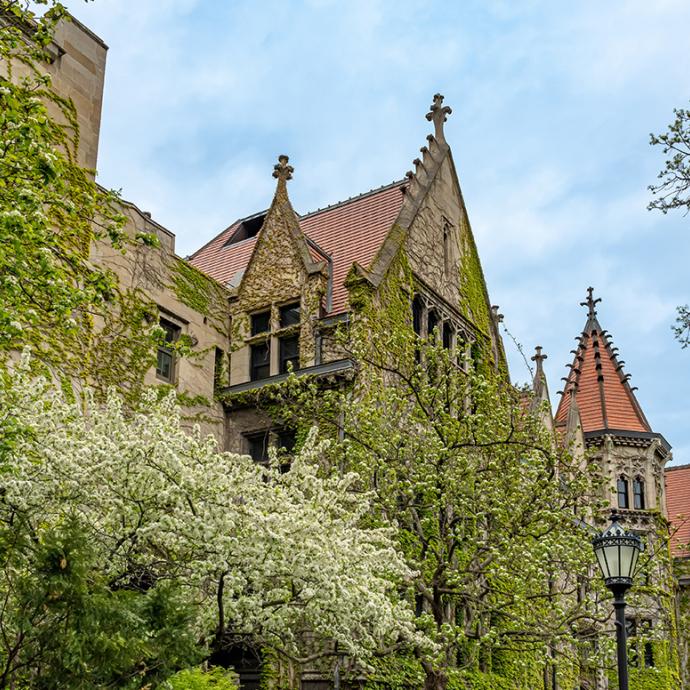
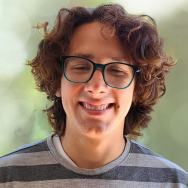
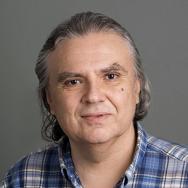
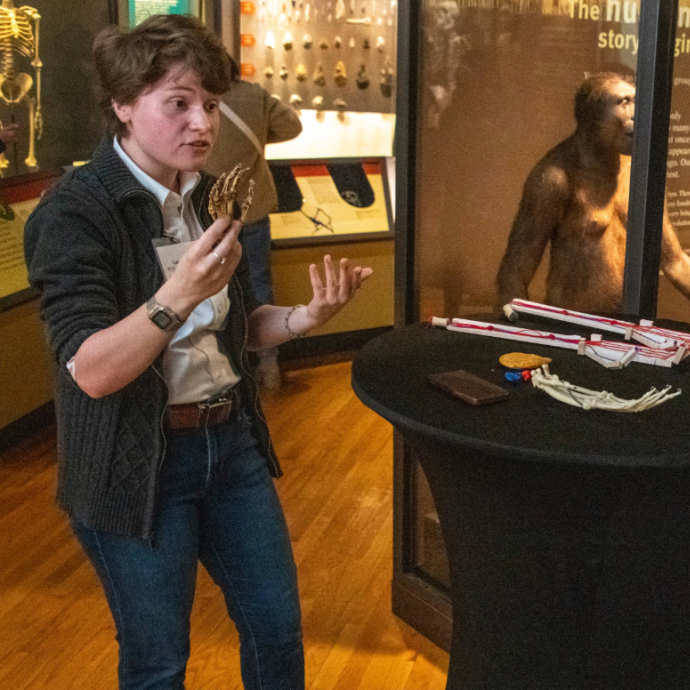
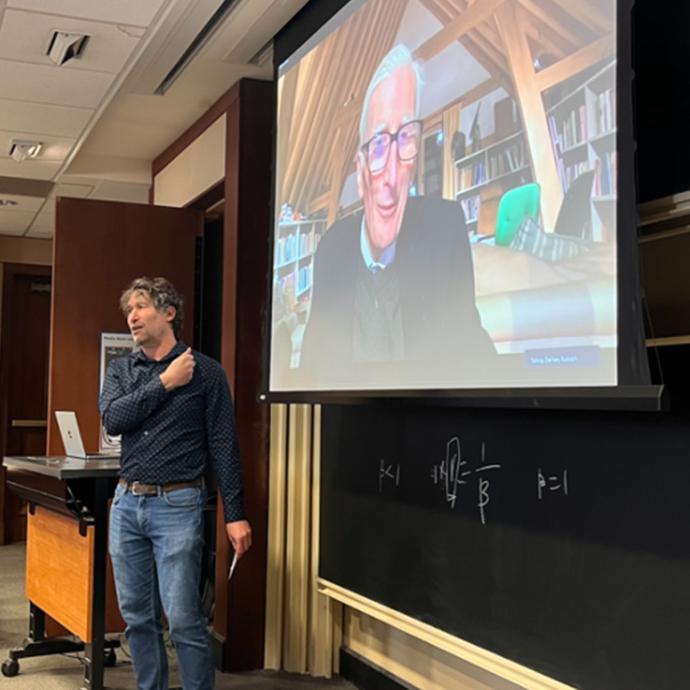
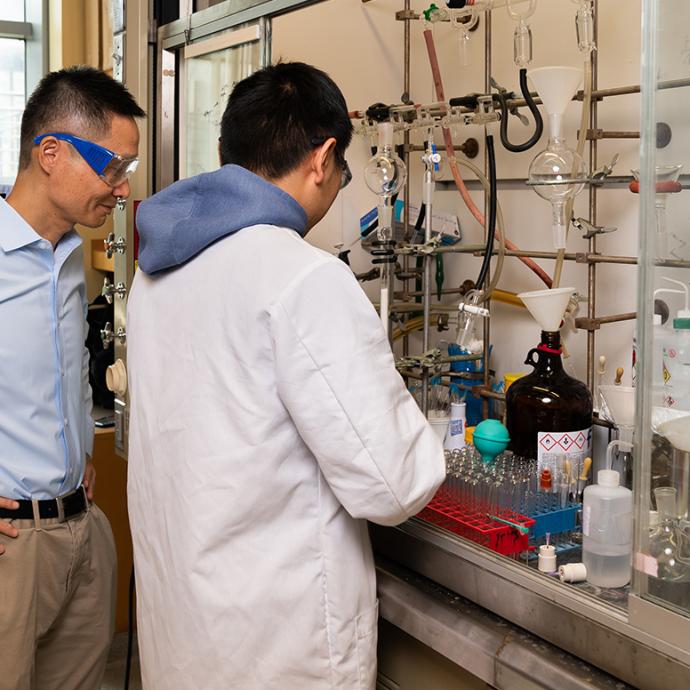

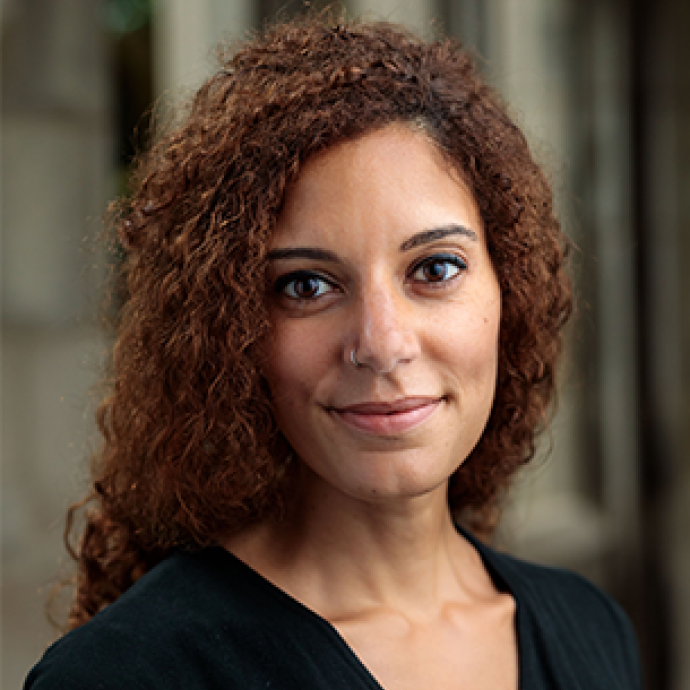




 —Prof. Chuan He
—Prof. Chuan He
